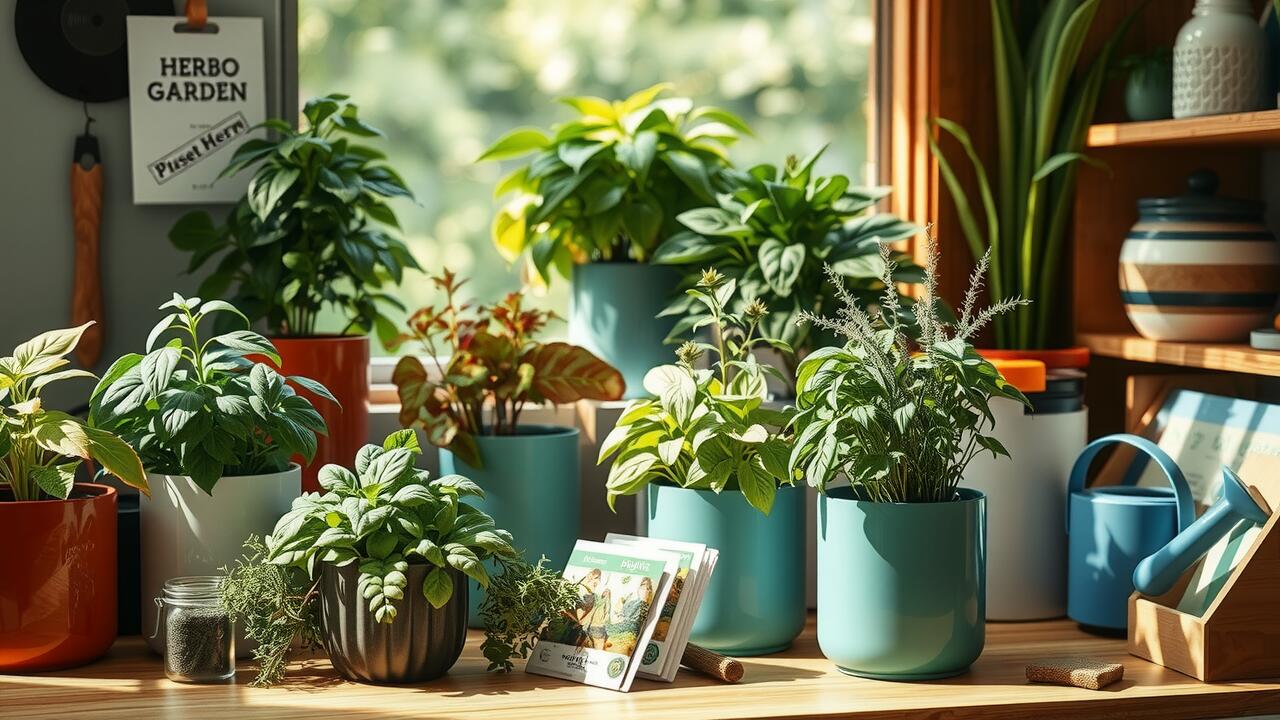Gardening as a Therapeutic Activity
The act of nurturing plants can offer a calming refuge from the stresses of daily life. Engaging with soil and greenery provides a tactile experience that many find grounding. The focus needed to care for plants allows individuals to disconnect from digital distractions. This hands-on activity fosters mindfulness, where attention shifts to the present moment and the natural world around.
Additionally, the process of watching seeds germinate and plants flourish can be immensely rewarding. Each new leaf or blossom becomes a symbol of achievement. These small victories contribute to enhanced self-esteem and a sense of purpose. The routine of watering, pruning, and harvesting instills a structure that many individuals find beneficial for mental well-being.
Navigate to this website to learn more.
Mental Health Benefits of Indoor Gardening
Engaging in indoor gardening can have a profound effect on mental well-being. The act of nurturing plants fosters a sense of responsibility and accomplishment. Watching seedlings grow and thrive instills a connection to nature, which many people find grounding amidst the stresses of daily life. This connection can elevate mood and enhance feelings of satisfaction.
Additionally, tending to an indoor garden often serves as a form of mindfulness practice. Focusing on the delicate process of caring for plants encourages a break from daily worries. This hands-on activity provides an opportunity to engage the senses—seeing the vibrant colors of leaves, feeling the soil, and experiencing the earthy scents. Such sensory engagement can lead to decreased anxiety levels and an overall enhanced sense of peace.
Sustainability and Environmental Impact
Growing vegetables indoors contributes positively to sustainability by reducing reliance on commercially produced food. Traditional agriculture often entails extensive transportation and distribution, which generates significant carbon emissions. By cultivating food at home, individuals decrease the distance their produce travels from farm to table. This localized production supports eco-friendly practices and fosters a deeper connection to the sources of one’s food.
Moreover, indoor gardening can minimize waste associated with packaging. Store-bought vegetables typically come with plastic or cardboard packaging that contributes to environmental pollution. Growing one’s own food allows for a more mindful approach to consumption. Home gardeners can select seeds and practices that align with sustainable principles, such as organic options and water-efficient methods, contributing to a smaller environmental footprint in the long run.
Reducing Carbon Footprint Through Local Production
Growing vegetables indoors significantly reduces the carbon footprint associated with food transportation. Many commercially available vegetables travel hundreds or even thousands of miles to reach grocery stores. By cultivating your own produce at home, you eliminate the need for transport vehicles, which not only consume fossil fuels but also contribute to greenhouse gas emissions. This local production model promotes sustainability by allowing individuals to source their food more responsibly.
Moreover, indoor gardening encourages a more efficient use of resources. Traditional farming relies heavily on pesticides, fertilizers, and extensive land use, all of which can have adverse environmental effects. By growing vegetables indoors, particularly in controlled environments like hydroponic systems, gardeners can minimize reliance on harmful chemicals and optimize water usage. This sustainable practice fosters a connection between individuals and their food while promoting eco-friendliness in everyday life.
Variety of Vegetables Suitable for Indoor Growth
Growing vegetables indoors can be a rewarding experience. Certain varieties thrive in pots and containers, making them ideal for small spaces. Herbs like basil and parsley flourish on windowsills, adding freshness to both the air and your culinary creations. Leafy greens such as spinach and kale adapt well to indoor environments. These plants often require minimal maintenance while providing nutritious harvests.
Root vegetables can also be grown indoors, though they may require deeper containers. Carrots and radishes can yield satisfying results without needing extensive sunlight. Tomatoes and peppers are popular for those who have ample light, particularly if using grow lights. Selecting the right varieties is essential for success, ensuring that indoor gardeners enjoy a fruitful bounty throughout the year.
Best Choices for Indoor Gardeners
For those venturing into indoor gardening, certain vegetables thrive exceptionally well in limited spaces. Leafy greens such as lettuce and spinach grow quickly and adapt easily to various light conditions. Herbs like basil, parsley, and cilantro not only enhance culinary creations but also flourish indoors, requiring minimal care. The compact nature of these plants makes them ideal for small pots on windowsills or countertop gardens, maximizing productivity without overwhelming available space.
Root vegetables, such as radishes and small carrots, can also be cultivated indoors. These varieties do not demand deep soil and can sprout in shallow containers. Apart from their practical benefits, growing vegetables at home encourages experimentation with flavors and textures. The joy of harvesting fresh produce fosters a connection to the culinary experience while promoting healthy eating habits.
FAQS
What are the benefits of having an indoor vegetable garden?
Indoor vegetable gardens provide numerous benefits, including therapeutic effects on mental health, sustainability through local food production, and the joy of growing your own fresh vegetables right at home.
Can indoor gardening really help with mental health?
Yes, indoor gardening has been shown to reduce stress and anxiety, boost mood, and promote a sense of accomplishment, making it an effective therapeutic activity for many individuals.
How does indoor gardening contribute to sustainability?
Indoor gardening helps reduce carbon footprints by minimizing the need for transportation of produce, allowing for local food production, and promoting biodiversity within urban environments.
What types of vegetables can I grow indoors?
Many vegetables are well-suited for indoor growth, including lettuce, spinach, herbs like basil and parsley, and small varieties of peppers and tomatoes. Choosing the right plants based on available light and space is essential.
Do indoor vegetable gardens require a lot of maintenance?
While indoor vegetable gardens do require some regular maintenance, such as watering and occasional pruning, they can be relatively low-maintenance compared to outdoor gardens, especially when using self-watering systems or low-care plants.
